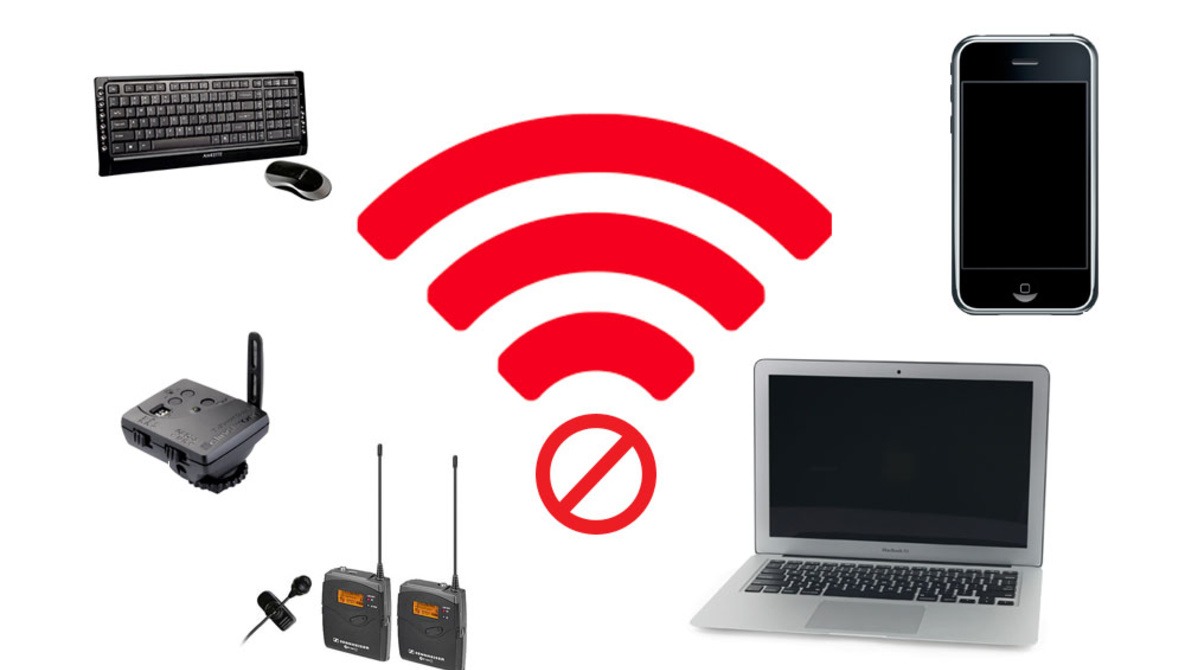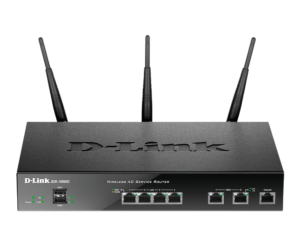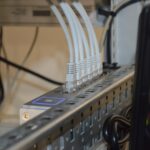Restoring a wireless router’s default factory settings is easy and can be done from a mobile app or web GUI. But what if the internet stopped working after the reset? It usually occurs when entering an incorrect Wi-Fi password.
You can’t access the internet on your PC if you choose the wrong SSID. Moreover, there is a chance that the Ethernet cable is loose. Did you enable any built-in feature while resetting the router? It can prevent you from using the internet on your device.
Hence, incorrect router configuration is another reason for this problem. Sometimes, out-of-date firmware can generate Wi-Fi connection failures. Updating your router firmware can resolve this complicated problem.
Let’s learn the easy ways to restore the internet connection after resetting the Wi-Fi router:
1. Inspect the Cable Connection
Many people unplug the power and Ethernet cable when resetting the router to avoid electrical hazards. However, they often need help connecting the cables to the wrong router port, leading to internet loss problems.
Thus, check where the Ethernet cable is connected to your router. Ensure it is not loose or has no signs of wear and tear. If the Ethernet cable is faulty, replace it with a new one to access the internet on your computer.
Additionally, you must inspect the router’s power socket and cable condition. Most Wi-Fi router’s power cables become damaged due to overheating. Check the device’s power light status; if it is red, it’s time for cable replacement.
2. Power Cycle Your Wi-Fi Router and Modem
A temporary glitch on your router can cause internet connectivity issues after the factory reset. Fortunately, power cycling the modem, computer, and router can help you to fix the problem. First, disconnect your wireless router’s power cable from the electrical outlet.
Unplug the Ethernet cable from your router’s LAN or WAN port. Remove the power cord and the other end of the Ethernet cable from the modem port. Additionally, you must turn off the computer or laptop connected to the router/modem.
Wait 5-6 minutes and reconnect the router’s power and Ethernet cable. Plug the modem’s power cord and Ethernet cable to the right port. Turn on your computer or other mobile devices after a while. You can use the internet for streaming online content or sending files after the reboot.
3. Check the Router’s Status Lights
Routers have different status lights that indicate different functions. For instance, the “Internet” LED blinks green or remains static when the Internet is working. The power lights turn solid green when the device gets a sufficient power supply.
However, if you see a red or amber internet light, something is wrong with the router. The red light indicates you don’t have an internet connection. Renew the internet plan from the manufacturer’s website or mobile app.
Besides, you must restart your wireless modem to fix the problem. A service outage is a common reason for the red internet light on the router. Check the ISP website and look for the “outages” or status” page to check the ongoing outage. Alternatively, you can contact the ISP to know about service maintenance.
4. Reconfigure Your Wi-Fi Router
Consider reconfiguring your dual or single-band router to restore the Wi-Fi connection. However, you must use your phone’s hotspot on the PC to use the internet. Thus, tap on the Wi-Fi icon and select the correct hotspot name from the list.
Choose the Connect button and enter the mobile hotspot password. Open a web browser, head to the address bar, and write the wireless router’s default IP address. Press the Enter button to open the login page and enter the default router username and password.
Click the Login button, and your router’s setup wizard will appear. Head to “Quick Setup” or “Setup” and choose between 4 connection types – Auto-Detect, Dynamic IP, PPPoE, and Static IP. Press the Next button and select the Wi-Fi band type.
Choose 2.4 Ghz over 5 GHz to reduce the radiation exposure when using the router. Navigate to “Network” and enter a unique wireless network name (SSID). Set the Encryption type to “WPA2-PSK” to enhance the home network security.
Enter a new 8-12 character Wi-Fi password, combining special characters like “#&”, numbers, and letters. Select the correct Region from the list and press the Save button to complete the router reconfiguration. Close the Setup Wizard and check if the internet is working.
5. Install the Latest Router Firmware
Updating the router firmware can help you to fix the internet issues, improving the performance. However, the steps to update the firmware vary from one router to another.
Advanced routers have auto-update features. Hence, you don’t have to access the router’s web interface to update the firmware. If a new update is available, the router will install it automatically. The older routers lack this feature and require the users to update the firmware from the settings page.
Here are the quick steps to install the latest router firmware:
- Open a web browser to access your wireless router manufacturer’s website.
- Head to the navigation panel and enter your Wi-Fi router’s model number.
- Click the search icon or press Enter to get the firmware section.
- Locate the latest firmware update date and the version.
- Press the Download button and wait until the device completes downloading the firmware file.
- Extract the file and save it to a location you can easily remember.
- Access your router’s settings page using the default IP address and go to the Firmware section.
- Find “Choose file, ” add the extracted file here, and press OK.
- Select “Upgrade” to start updating your wireless router’s firmware.
Place your computer close to the Wi-Fi router to avoid interruptions during the firmware update. Restart the router when it completes the firmware upgrade. Reconnect your computer to the router and access the internet without network interference.
6. Backup Your Wireless Router’s Configuration
The internet won’t work if you haven’t backed up the router configuration after the reset. Find your router’s IP address from the product manual or by contacting the ISP. Open a browser and write the default IP address in the address bar.
Press the Enter button and wait until the router’s login page opens. Provide the login details, click “Login”, or hit Enter to open the settings page. Scroll down to “System”, “Maintainance”, or “Administration” – this option will vary from one router to another.
Locate the Backup or Backup & Restore option from this web page. Tap on “Backup” and specify the location where you want to save the backup. Press the Restore button and restart your Wi-Fi router once it completes to resolve the Internet not working error.
Use the Windows Troubleshooting Tool
Windows built-in troubleshooting tool will help you to eliminate the internet connection problem. Press the Windows and S keys simultaneously to open the search box and write “troubleshooting” to open the window.
Choose “no internet access” from the options list and press the Run button. Windows will fix the internet problem within 2-3 minutes. Contact an expert if the internet is not working after implementing these solutions.







